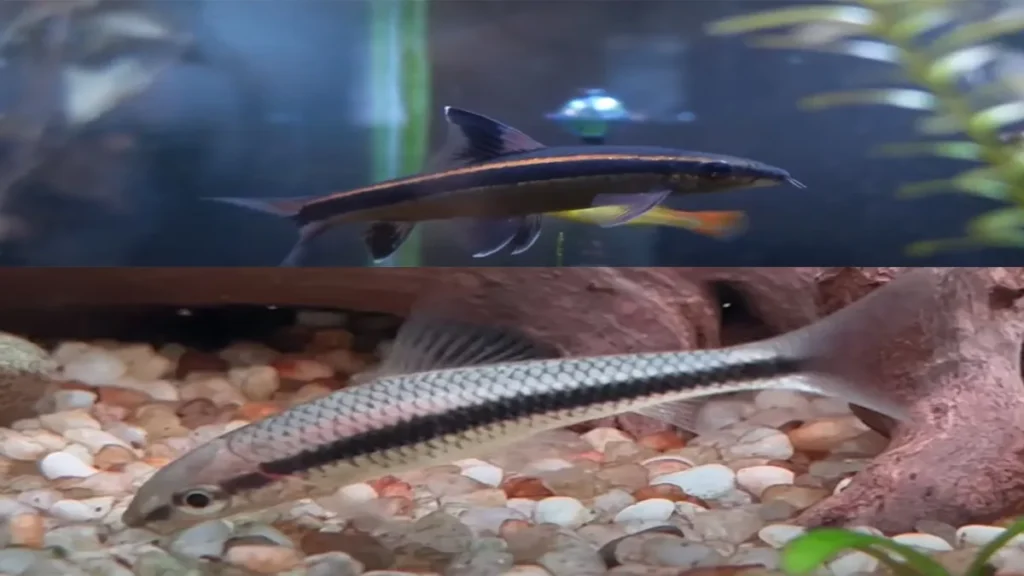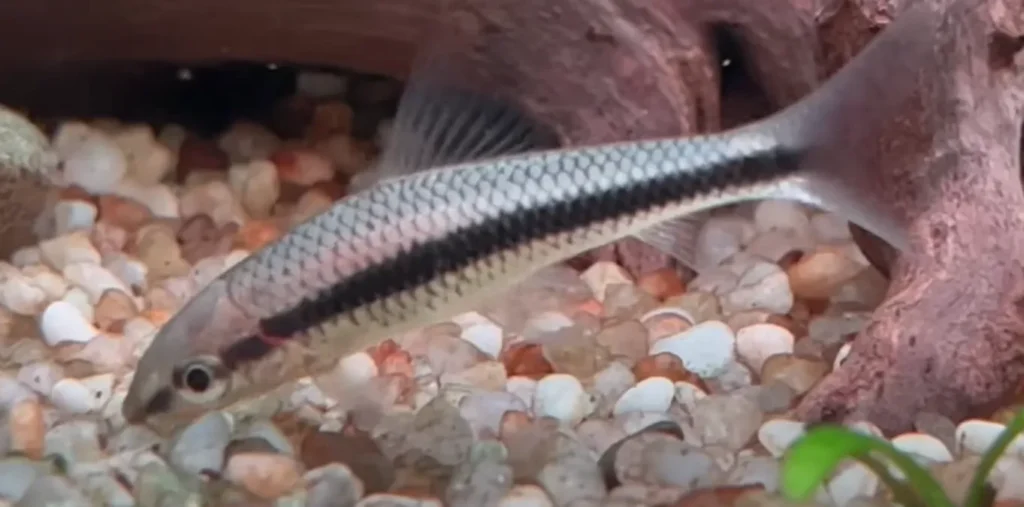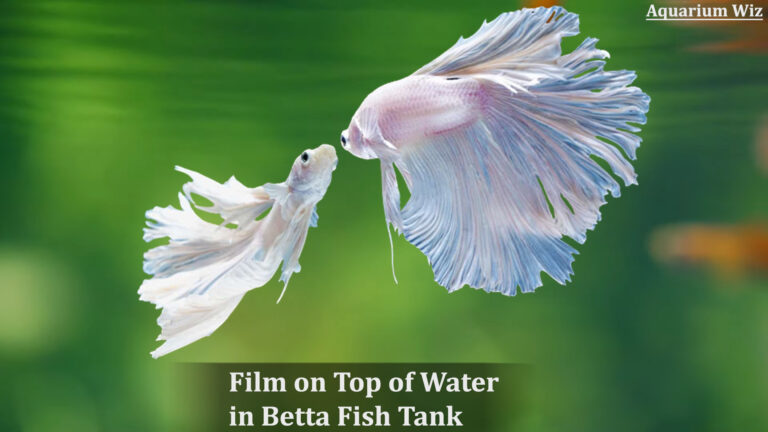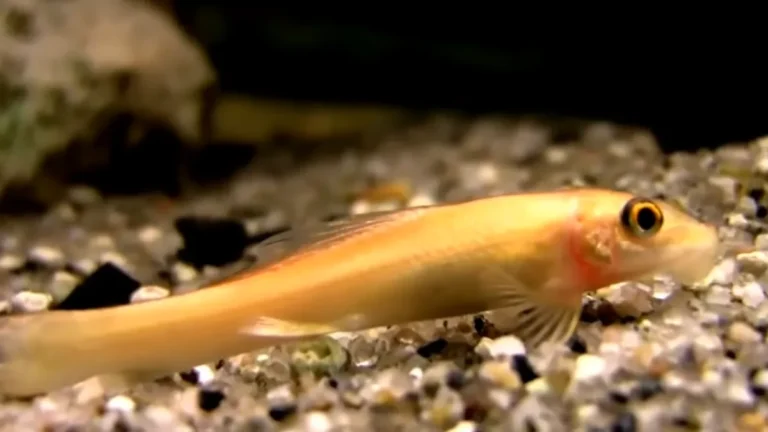Siamese Algae Eater vs. Flying Fox: A Battle of Algae Control
Hey there, fellow fish enthusiasts! If you’ve ever found yourself in a constant struggle with algae growth in your aquarium, you know how important it is to have effective algae-eating fish as part of your tank’s ecosystem.
In today’s post, we’re going to dive deep into the world of Siamese Algae Eater and Flying Fox, two popular choices for algae control. Let’s find out which fish emerges victorious in the battle against pesky algae!

Siamese Algae Eater vs. Flying Fox: Which Fish Wins the Battle?
When it comes to algae control, both Siamese Algae Eater and Flying Fox are highly regarded for their appetite for algae. However, they have their own unique characteristics that set them apart. Let’s explore the similarities and differences between these two algae-eating contenders and see which one reigns supreme.
| Feature | Siamese Algae Eater | Flying Fox |
| Scientific Name | Crossocheilus siamensis | Epalzeorhynchos kalopterus |
| Appearance | Slender body, gold or silver coloration | Reddish-brown body, black dorsal fin |
| Size | Up to 6 inches (15 cm) | Up to 4 inches (10 cm) |
| Behavior | Active algae grazers | Active swimmers and foragers |
| Compatibility | Peaceful, may nip at long-finned fish | Peaceful, can be territorial |
| Algae Control Abilities | Excellent at consuming various algae | Good at controlling certain algae types |
| Tank Size | Minimum of 20 gallons (75 liters) | Minimum of 30 gallons (113 liters) |
| Water Parameters | pH 6.5-7.5, temperature 75-79°F (24-26°C) | pH 6.5-7.5, temperature 75-79°F (24-26°C) |
| Tank Decorations | Provide hiding spots and plants | Open swimming space, hiding places |
| Recommended Tankmates | Peaceful community fish, avoid fin-nippers | Peaceful community fish, avoid fin-nippers |
Siamese Algae Eater
The Siamese Algae Eater, scientifically known as Crossocheilus siamensis, is a sleek and slender fish with gold or silver coloration. They are natural-born algae grazers and can be an excellent addition to your aquarium for maintaining a clean and algae-free environment.

Here are some key details about Siamese Algae Eater:
- Appearance: Siamese Algae Eaters have a slender body shape and are adorned with a striking gold or silver color, making them an attractive addition to any tank.
- Behavior: These fish are known for their voracious appetite for algae. They spend their time scouring the tank, eagerly consuming various types of algae. They are generally peaceful but may exhibit some territorial behavior.
- Ideal Living Conditions: Siamese Algae Eaters thrive in a minimum tank size of 20 gallons (75 liters). They prefer water parameters with a pH range of 6.5-7.5 and a temperature between 75-79°F (24-26°C). Providing hiding spots and live plants in the aquarium is essential for their well-being.
- Compatibility: Siamese Algae Eaters can coexist peacefully with other peaceful community fish. However, they may nip at the fins of long-finned fish, so it’s best to avoid housing them together.
Flying Fox
The Flying Fox, scientifically known as Epalzeorhynchos kalopterus, is another popular choice for controlling algae in aquariums. With its reddish-brown body and contrasting black dorsal fin, this fish adds a splash of color to any tank while keeping algae growth in check.

Let’s take a closer look at the Flying Fox:
- Appearance: The Flying Fox has a reddish-brown body coloration and a distinctive black dorsal fin, which makes it easily recognizable. Their vibrant appearance adds visual appeal to the aquarium.
- Behavior: These fish are active swimmers and foragers. They spend their time exploring every nook and cranny of the tank in search of food, including algae. While generally peaceful, they can become territorial, especially when establishing their own space.
- Ideal Living Conditions: Flying Foxes require a slightly larger tank compared to Siamese Algae Eaters, with a minimum size of 30 gallons (113 liters). They prefer water parameters similar to Siamese Algae Eaters, with a pH range of 6.5-7.5 and a temperature between 75-79°F (24-26°C). Providing ample swimming space and hiding places is essential for their well-being.
- Compatibility: Flying Foxes are generally compatible with other peaceful community fish. However, it’s important to avoid housing them with fin-nippers or overly aggressive tankmates to prevent any territorial conflicts.
Related Post: Siamese Algae Eater vs. Otocinclus: A Comparison for Algae Control
Similarities Between Siamese Algae Eater and Flying Fox
Despite their differences, Siamese Algae Eaters and Flying Foxes share some common traits and characteristics. Let’s explore the similarities:
- Diet: Both species have a voracious appetite for algae. They are excellent at consuming various types of algae, including filamentous and green spot algae.
- Temperament: Siamese Algae Eaters and Flying Foxes are generally peaceful in nature, making them suitable for community tanks with other non-aggressive fish species.
- Algae Control Abilities: Both species are effective in keeping algae growth under control, making them valuable additions to any aquarium striving for an algae-free environment.
Differences Between Siamese Algae Eater and Flying Fox
While Siamese Algae Eater and Flying Fox share some similarities, they also have distinct features and behaviors that set them apart. Let’s delve into their differences:
- Physical Appearance: Siamese Algae Eaters have a slender body shape and exhibit gold or silver coloration, while Flying Foxes have a reddish-brown body coloration with a black dorsal fin.
- Behavior and Activity Level: Siamese Algae Eaters are known for their constant grazing behavior, diligently consuming algae throughout the tank. On the other hand, Flying Foxes are active swimmers and foragers, exploring the tank and actively searching for algae and other food sources.
- Algae Preferences: While both species are effective algae eaters, Siamese Algae Eaters have a particular affinity for green spot algae, whereas Flying Foxes show a preference for filamentous algae.
Related Post: Chinese Algae Eater vs. Otocinclus: A Comparison for Algae Control
Frequently Asked Questions (FAQs):
Are Siamese Algae Eater and Flying Fox the same fish?
No, Siamese Algae Eater (Crossocheilus siamensis) and Flying Fox (Epalzeorhynchos kalopterus) are different species of fish. They may have similar appearances, but they have distinct characteristics and behaviors.
How effective are Siamese Algae Eater and Flying Fox in controlling algae growth?
Both Siamese Algae Eaters and Flying Foxes are highly effective in controlling algae growth. They actively consume various types of algae, helping to maintain a clean and healthy aquatic environment.
What are the ideal living conditions for Siamese Algae Eater and Flying Fox?
For Siamese Algae Eaters, a minimum tank size of 20 gallons (75 liters) is recommended, while Flying Foxes require a slightly larger tank size of 30 gallons (113 liters). Both species thrive in water with a pH range of 6.5-7.5 and a temperature between 75-79°F (24-26°C). Providing suitable tank decorations, such as hiding spots and plants, is important for their well-being.
Can Siamese Algae Eater and Flying Fox coexist with other fish species?
Yes, both Siamese Algae Eaters and Flying Foxes can coexist peacefully with other non-aggressive community fish. However, it’s important to avoid housing them with fin-nipping or aggressive tankmates to prevent conflicts.






![Will Cold Water Kill Goldfish?-[Explain]](https://aquariumwiz.com/wp-content/uploads/2023/08/Will-Cold-Water-Kill-Goldfish-768x387.webp)